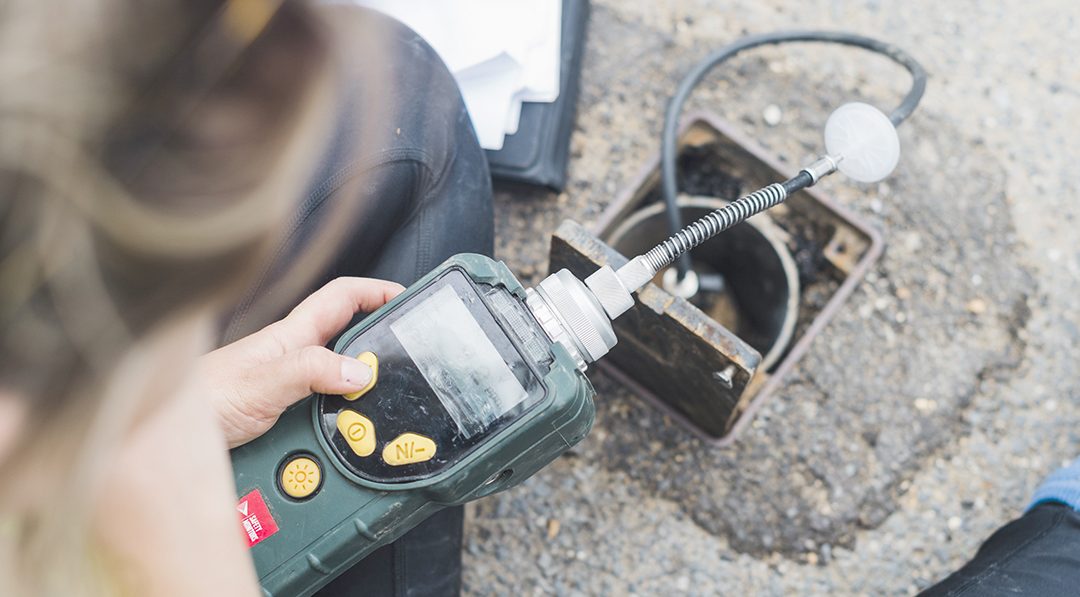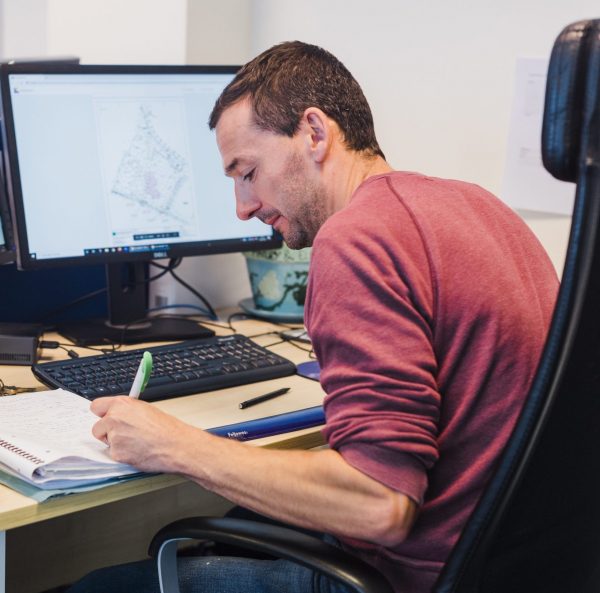Ground Gas is no laughing matter
Geoenvironmental • Regulation
 So, your Ground Gas and Vapour Risk Assessment revealed that buildings within your development require gas protection measures. Below, Ground & Water Director Fran Williams explains the next steps are full of potential pitfalls… But he shows that by taking suitably qualified advice and following guidance, these can easily be avoided.
So, your Ground Gas and Vapour Risk Assessment revealed that buildings within your development require gas protection measures. Below, Ground & Water Director Fran Williams explains the next steps are full of potential pitfalls… But he shows that by taking suitably qualified advice and following guidance, these can easily be avoided.
Firstly, when your geoenvironmental consultant says you need to spend more money on a Ground Gas Design Report, you might be thinking: “What is it and why do I need one?”
Let’s take a step back…
Gas protection usually requires a gas protection system, typically involving underfloor ventilation and some type of gas membrane. Some gas membrane suppliers claim their membranes comply with BS8485. This is a major pitfall, as no membrane can ‘comply’ with BS8485 because it is not a material specification.
This British Standard (BS8485) is a code of practice that must be followed by the gas protection system’s designer. The designer must be appropriately qualified and it is incumbent on them to ensure the measures selected for your site are suitable for your site, taking into account project specific factors. Part of this includes justifying their selection of gas membrane as part of a Ground Gas Design Report.
 It’s all about the detail
It’s all about the detail
The Ground Gas Design Report forms the vital link between the Ground Gas and Vapour Risk Assessment you have already undertaken and the actual remedial measures adopted by the development. Its like a Remediation Method Statement but specifically for ground gas. It also specifies how the protection measures will be incorporated and validated during the construction phase.
Designing ground gas protection systems following the guidance in BS8485 is more than just adopting a characteristic situation and adding up points. It requires a detailed justification for any gas membrane and calculations for any underfloor ventilation system that is specified. The points assigned to the floor construction should also be justified. The design should be summarised and explained in design report and shown on detailed site-specific drawings for construction.
Why is this important?
To avoid the many pitfalls, it is important to ensure that the site, the technical and architectural teams in charge, and the council, know exactly what is to be expected of them onsite with respect to the protection measures being adopted.
 They will need to know; how much protection does the actual/proposed protection system provide as built? What extra is required? The report will cover, considerations such as:
They will need to know; how much protection does the actual/proposed protection system provide as built? What extra is required? The report will cover, considerations such as:
- Is the membrane sufficiently impermeable for the gases identified?
- Is the membrane sufficiently robust to not tear or puncture during installation and become redundant?
- Will the membrane withstand settlement?
- Is the membrane sufficiently resistant to corrosion?
- How will it specifically be woven into the existing structure?
- Does the subfloor have good or very good ventilation?
- How will installation be verified and by who?
And finally
Ultimately commissioning a Ground Gas Design Report will make the site’s, the verifier’s and the council’s sign-off of the work, much easier. So please consider including one as part of your package of information. It’s money well-spent in the long run.
Ground & Water’s geoenvironmental services include: Ground Gas and Vapour Risk Assessments, ground gas monitoring, gas protection system design, Ground Gas Design Reports and validation.

 So, your Ground Gas and Vapour Risk Assessment revealed that buildings within your development require gas protection measures. Below, Ground & Water Director Fran Williams explains the next steps are full of potential pitfalls… But he shows that by taking suitably qualified advice and following guidance, these can easily be avoided.
So, your Ground Gas and Vapour Risk Assessment revealed that buildings within your development require gas protection measures. Below, Ground & Water Director Fran Williams explains the next steps are full of potential pitfalls… But he shows that by taking suitably qualified advice and following guidance, these can easily be avoided. It’s all about the detail
It’s all about the detail